Retirement Planning is Essential for Peace of Mind
Like taxes and death, advancing into our senior years is inevitable. Planning is key to a successful transition. However, just like many put off creating a will to make sure their estate is properly handled after death, so many individuals refuse or overlook planning for advancing age.
There are many considerations as old age approaches. Health concerns multiply for most of us as we creep towards our seventh and eighth decades. Some of us will face serious health concerns, including severe cognitive decline, even earlier.
Here are some alarming statistics to consider (HOOPP, 2018):
- On average, the retirement assets for those ages 55 to 64 is just $3,000
- 24/7 care by professionals costs around $200K yearly
- Assisted living in a private facility runs between $40K to $100K annually depending on services, location and amenities available
- Government run nursing homes are subsidized but will likely still cost the resident between $25K and $40K yearly, especially if semi-private or private accommodations are desired
- If you require personal support workers (PSWs) for part of the day so you can remain in your home, those services can run up to $25k or more per year
- 13.2% of women are likely to be financially wiped-out by age 85 because of long-term care costs; 6.1% of men face that same fate
For the past 10 years, nursing home care has been available only to people with very high care needs. Ontario developed an aging-in-place strategy providing funding for care at home. The result is that seniors are encouraged to live at home for as long as possible which is likely in their best interest; however, there are costs associated with this model that likely need to be covered by the individual.
PSW support for anything other than dressing and bathing are not covered through OHIP and the extra support many require for meals, house maintenance, grocery shopping and doctor’s visits can be costly.
Considering that only about one-quarter of Canadians account for these costs during their retirement planning (HOOPP, 2018), many will face serious hardships when they need these services. Hard choices may have to be made between buying nutritious food and home maintenance vs affording medical care and lifesaving drugs.
Planning for eventual long-term care should be part of everyone’s financial planning. And it should begin early. Many spend more time planning and saving for vacations rather than considering long-term care needs in old age. Many seniors are living well into their 80’s. It is a grey area even for financial planners to predict the costs associated with advanced age. Following the six steps below is a great place to start:
- Make sure you create a will. This will protect your assets for your heirs but as well, ensures your needs are met when you can no longer speak for yourself. It is imperative that both a Power of Property and a Power of Health are completed with your will. If you have children, you can designate one or all of them on these documents. A Power of Property is there to make sure your financial matters are taken care of. Your Power of Health ensures you have someone who can speak for your health concerns when you can no longer advocate for yourself. Choose individuals for these roles wisely. Many seniors have been wiped out financially by relatives designated as their Power of Property. Although it costs money, an accountant or lawyer can also be designated in these roles if needed.
- Determine your expenses several years before you retire and look at what can be eliminated after retirement. Deposits into RRSP’s can stop. Gas expenses will likely be less as work commutes are done. Car insurance costs go down slightly after retirement; trips to the coffee shop during commutes will likely be less. Other expenses can also likely be eliminated depending upon your current lifestyle.
- Work to eliminate your debt before retirement. Multiple car loans, lines of credit and even your mortgage should be eliminated before you retire. Payments made on loans can then be redirected to your retirement savings portfolio sooner rather than later.
- Save money through an RRSP and/or TFSA’s For baby boomers, RRSP’s should have been started early on in their working careers. It was and still can be a great income tax savings measure and is a great vehicle for supplementing any pension plan you might be receiving. When you withdraw money from RRSP’s after retirement, your income is less so the income tax you pay is also less. TFSA’s are becoming more popular Income tax has already been paid on these funds so when you withdraw from these accounts no tax is owing. You can have TFSA’s that are invested in mutual funds for better investment value over the long term.
- Look at a second career based on your interests or a loved hobby. Many seniors retire in their mid-50’s and still have a desire to work and earn money. Engineers may be able to offer services as a consultant and pick and choose jobs they are interested in. A hobby can become a joyful source of income when your job is no longer an obstacle. Investigate opportunities and use the earned income for bolstering your investments for your long-term care needs and for affording those well-deserved vacations without dipping into investments that may very well be needed to support you in old age.
- If you have not been able to save for your retirement for whatever reason there are still options but all come with risks. They can provide a quick source of cash but if they cannot be repaid you might lose your home. In the case of reverse mortgages, there are very stringent restrictions and even though you do not need to repay until you die, interest accumulates which can seriously deplete the value of your home. Learn more about these options below and talk to us to help you sort through them.
- Home equity loans
- Reverse mortgages
- Refinancing your home
- Second mortgages
- HELOC’s or home equity line of credit
- Government sources of retirement income include old age pension and CPP
Preplanning for the future is always the best strategy for ensuring all needs are met when tough choices on care need to be made. After retirement, we want to enjoy the fruits of our long labours by traveling, entertaining and exploring our passions. Good financial planning is necessary to achieve this lifestyle after retirement. Start early. Keep your debt load manageable at all times and have saving for your retirement and long term care part of your strategy as early as possible.
If you or your loved one own a home but are short on funds to pay for home care, LiveWell Pathway can help. Get peace of mind and reduce your stress level by reviewing your financial options with us our trusted mortgage professionals at LiveWell Mortgage Plus.





